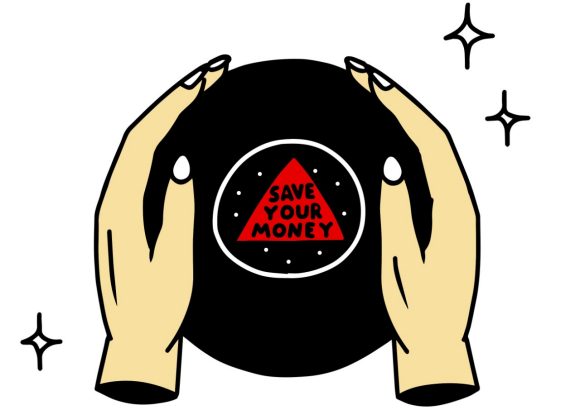Do your tax return quickly and easily
An overview of the documents you need, the deadlines for tax returns and easy ways of saving tax.

![]()
header.search.error
An overview of the documents you need, the deadlines for tax returns and easy ways of saving tax.


You’re just celebrating getting your first salary, and then: you need to do a tax return. You don’t need to squirm nervously on the chair at the thought of tax documents. With a little patience you will learn to fill them out correctly.
Here is an overview of what documents you need and when the tax return is due. And you will learn how to make easy tax savings.
What you absolutely need to know
The tax documents will automatically be sent to your postal address. You normally need to send the completed tax return for the last year by mid or late March. The exact deadline differs by canton. You will find it on the first page of your tax documents.
If you do not send the tax return on time, you will receive an overdue notice within a short period of time. Therefore, be aware of the deadline. Maybe you’re not able to submit the documents on time? Then you can apply in writing for an extension. In many cantons, this application for a time extension can be done via an online form. You can find out on the website of your local tax office.
Basically, yes. But you do not always have to pay taxes. How your tax bill pans out, depends on the size of your income - and on the tax rates in your canton. You have to complete and submit a tax return in any case, if you are of legal age.
One of the most important documents is the salary statement that you get from your employer. You should also provide evidence for all the items you wish to be considered tax-deductible. These include travel expenses or charity donations. Remember to enclose a copy of all relevant documents.
Usually your employer is obliged to provide the proper equipment for a job, including any protective clothing. If you have to pay for your own clothes such as work pants or boots, you can try to set these against tax. The standard deduction for expenses, however, covers most of these expenditures. This is already automatically deducted from your taxable income.
Not much essentially. If you are of legal age, you must still submit your own tax return. Some cantons make exceptions for apprentices who are still minors - it could be that your income would be accounted for in your parent’s tax return. If in doubt, check with the tax office.
Try to reduce your taxable income as much as possible. This can be really worthwhile. For example, deduct your actual travel expenses. Or if you can’t make it home at lunchtime and therefore have to eat out, you can also specify the cost incurred in your tax return.
Also medical and dental bills are deducted from your taxable income. However, this only applies if they account for a total of more than five percent of your annual net earnings.
Is your income high enough that you are already paying into a pension fund? Then you can save taxes by paying into a 3a Pillar retirement savings account every year. This will reduce your taxable income by the amounts paid, while ensuring you have money saved for later in life.
As a rule of thumb if you save one month’s salary, this should be sufficient to cover most of the tax for a year. If your apprentice wage is relatively low, you might pay hardly any tax. You can find out how high your tax bill might be with tax calculators that you can find on the internet. These provide only an estimate. You will only find out the exact amount from the final tax bill.
1. Fill out the documents completely. Leave any additional sheets blank that you don’t need.
2. Remember to enclose a copy of all the necessary documents. It is important to include salary statements, bank certificates and evidence of payments to the health insurance company. Include all evidence of deductions that you list in the tax return. In principal: include a copy of all documents that prove your income and deductions in the envelope.
3. If you have everything together, sign the tax return and send it by mail to the tax office. But beware: the postmark will not act as the submission date, this is only when it is received at the tax office.
Keen for more?
Just the info you need – and fast: here you’ll find other useful articles about everyday finances.